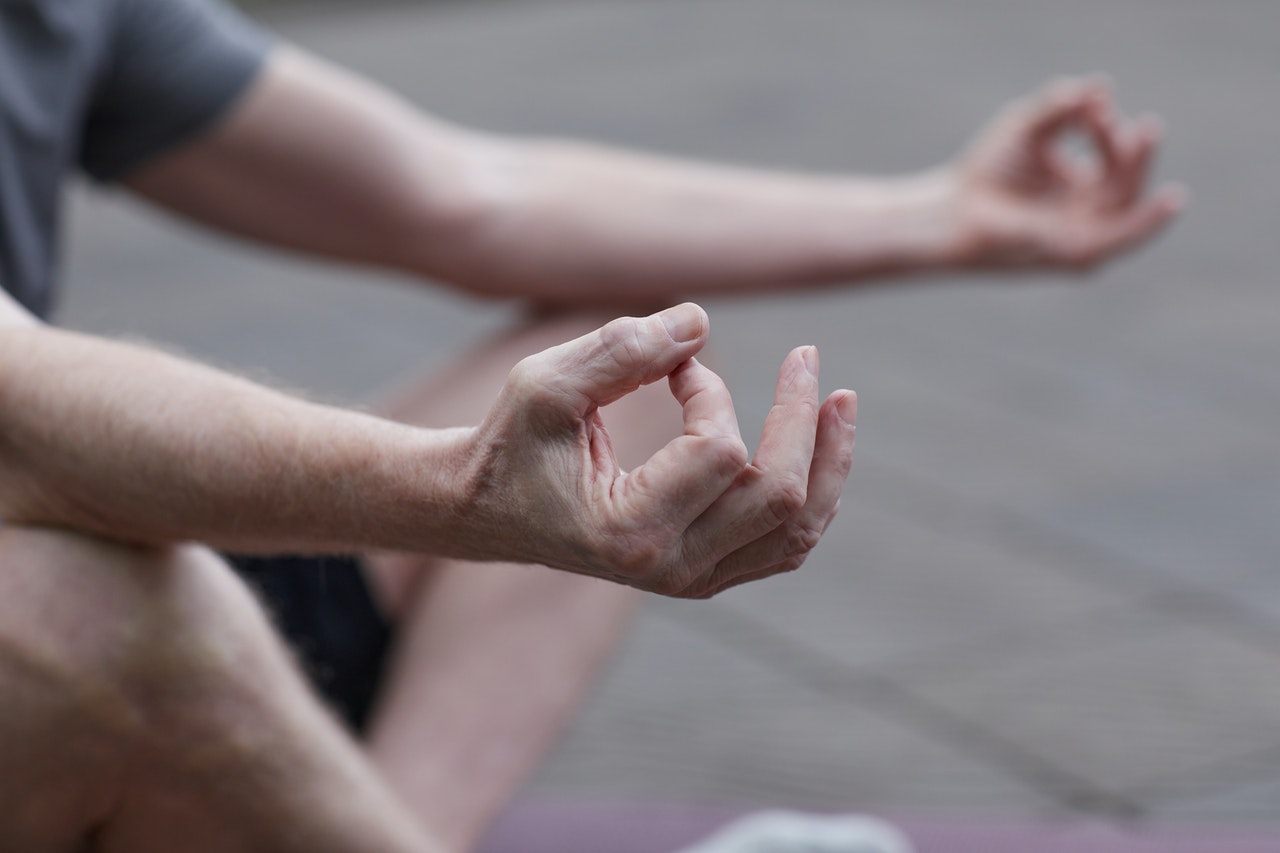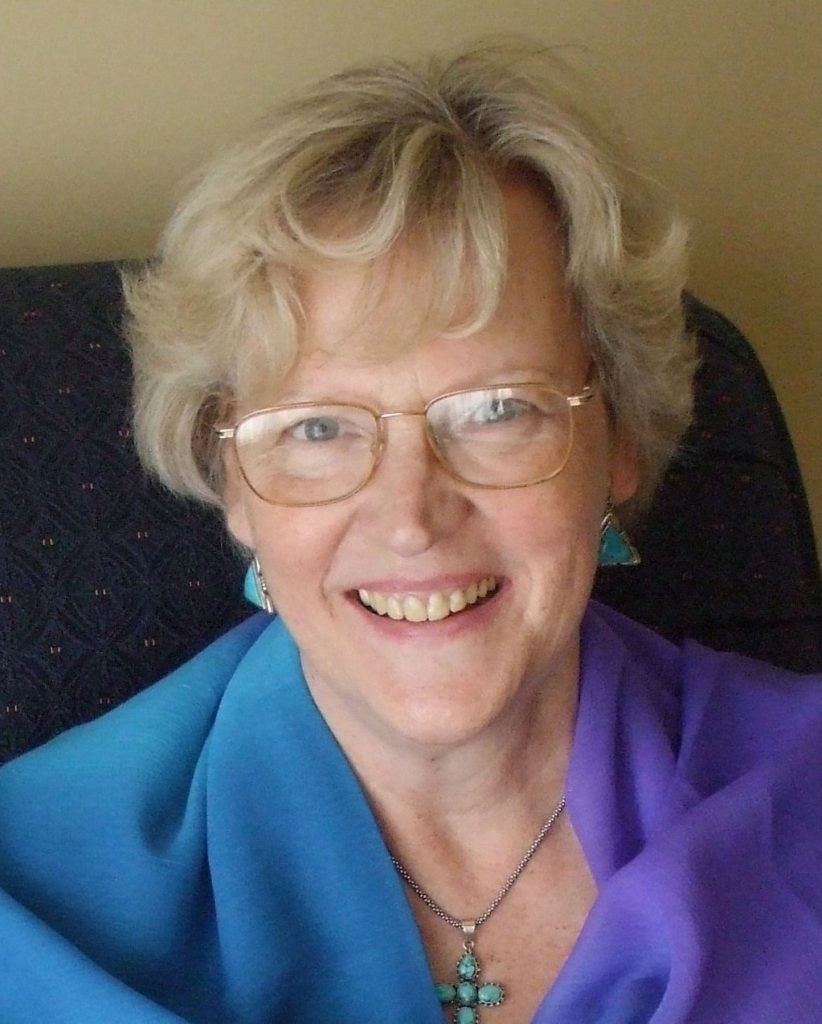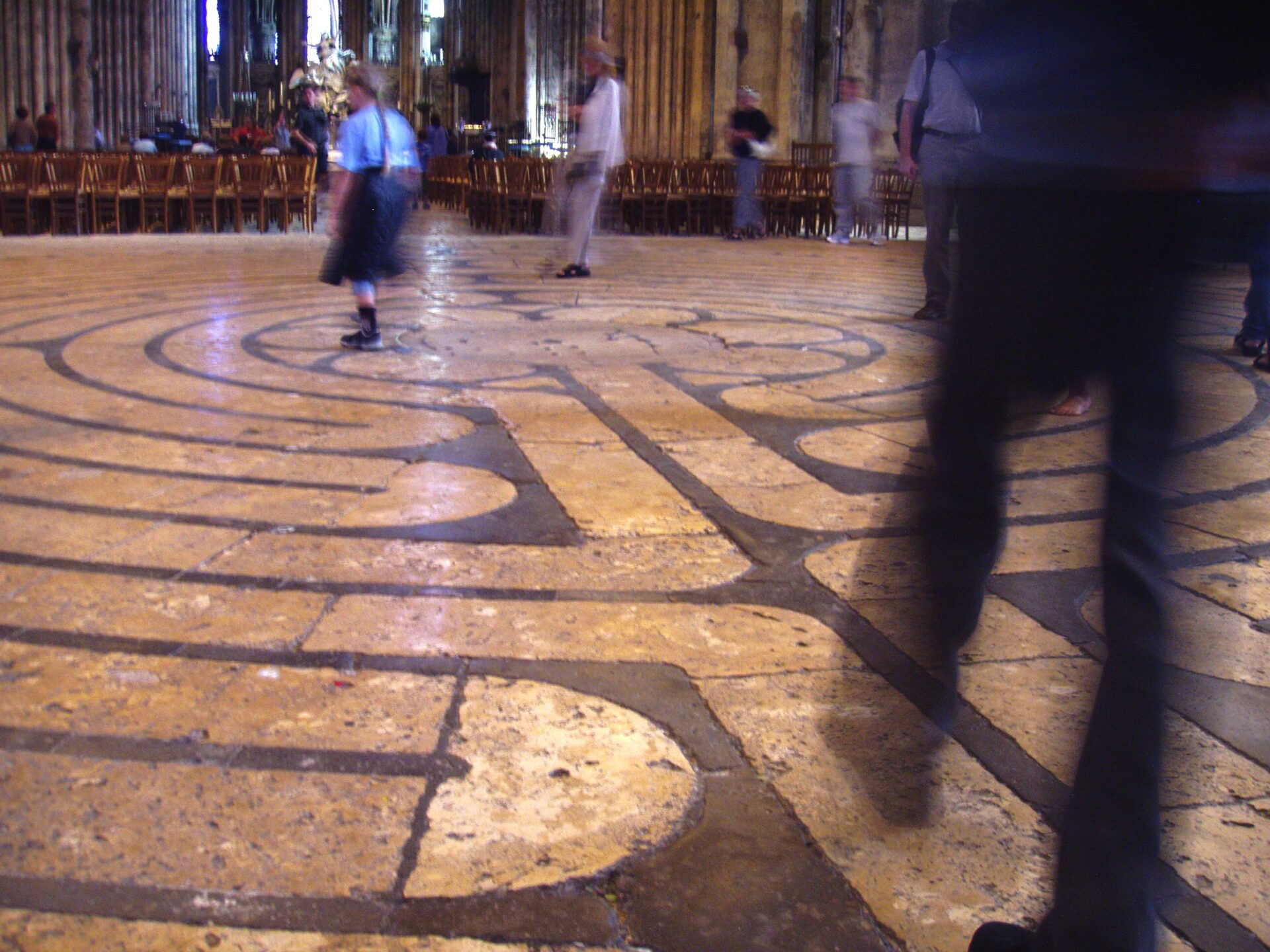There are as many types of meditation as there are different cultures. Meditation based on focused attention, meditation based on open awareness and moving meditation are the main three strands, all aiming to take the focus of ourselves and open us to a wider consciousness. The focusing of attention plays a prime role in all of them. We have seen the reason for this.
If we go back in the Christian tradition to the teaching of the Christian Desert Fathers and Mothers of the 4th century CE, we see that the emphasis is clearly laid on one-pointed focus – the repetition on a prayer phrase or ‘formula’, as John Cassian called it. But in the writings of Evagrius, Cassian’s teacher, we find not only the first strand but also the second. Firstly, the emphasis is on prayer with the repetition of a phrase accompanied by its advice about acknowledging but letting go of ‘distractions’, wandering thoughts, and then on the faithful return to the word, whenever we have gone astray from the narrow path of attention. Secondly, Evagrius then highlights the from moment to moment awareness of our sensations, feelings, thoughts, desires and actions and the causal relationship between them. He recommends here an attitude of being totally in the present moment, aware of every aspect of our being. This second strand of meditation is now known as ‘mindfulness’, but it forms a large part of Evagrius’ teaching. He so emphasized it, as it is an essential ingredient on the road to self-knowledge and self-acceptance, leading to the transformation of the whole of our being to its original balanced and integrated state.
The third strand of meditation, meditation in movement, we do also find in the Desert Tradition. There is no Sufi turning or Chi Kung/Tai chi or Yoga. But their body was very much involved in prayer. Bowing to kneeling to a full prostration were ways in which they expressed humility and reverence through the body – similar movements are found in other traditions too. Standing in prayer was the rule: either with the hands by the side or arms raised outstretched, palms facing upwards.
In discussing the first two strands it is useful to have a closer look at Evagrius (346-399CE). He was a friend of the Cappadocian Fathers – Basil of Caesarea, his brother Gregory of Nyssa and their friend Gregory of Nazianzus and therefore at first very much part of the established ‘orthodox’ Church at that time; then subsequently he became a really beloved and respected Desert Father, leading an ascetic life totally dedicated to prayer. Because of his life in the world as well as in the desert he appreciated both the importance of theology and faith and actual spiritual experience. He in fact combined heart and mind: ‘If you are a theologian you truly pray. If you truly pray you are a theologian.’ Unfortunately this clear connection between theology and contemplation was lost over the centuries. Evagrius was not only at the centre of developing Christian theological dogma but he also was an integral part of one of the most important flowering of mysticism in Christianity in the 4th century in the desert.
Evagrius was a follower of Origen (186-251 CE) and fully accepted Origen’s starting point: – ‘Every spiritual being is, by nature, a temple of God, created to receive into itself the glory of God….Each one of our souls contains a well of living water. It has in it….a buried image of God. It is this well…that the hostile powers have blocked up with earth…But now that our Christ has come, let us welcome his coming and dig out our wells…We shall find living water in them, the water of which the Lord says: ‘He who believes in me, out of his heart shall flow rivers of living water’(John 7.38)…For he is present there, the Word of God, and his work is to remove the earth from the soul of each one of you, to let your spring flow freely. This spring is in you and does not come from outside because ‘the kingdom of God is in you’ (Luke 17.21)…For the image of the heavenly king is in you. When God made human beings at the beginning he made them ‘in his own image and likeness’ (Genesis 1.26) (Origen – Homily on Genesis)
Evagrius and his fellow Desert Fathers and Mothers never doubted that we do not have to achieve our link with the Divine – it forms our essential being. All we need to do with the help of Christ is unblock the well of living water within us. What blocks this well are our disordered emotions: ‘The ascetic life is the spiritual method for cleansing the affective part of the soul’, said Evagrius. This explains the need for both attention in prayer, so we are open to the promptings of the Christ within, and awareness/’mindfulness’ of the sensations, feelings, thoughts, desires in our surface consciousness, which, if disordered, form the clots of earth blocking our access to the ‘living water’. We will look at these two strands in Evagrius’ teaching over the next couple of weeks.
Picture by Marcus Aurelius, Pexels





